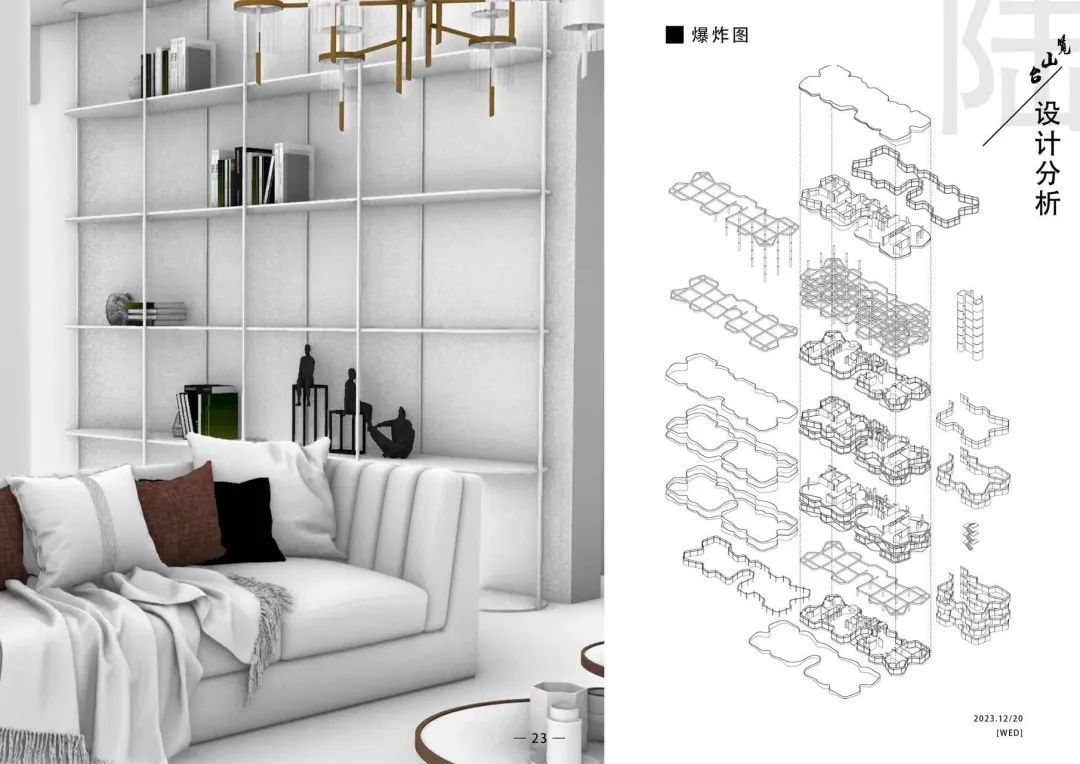More humanistic design, more flexible space, and more remote medical care.
After the epidemic, countries around the world have generally strengthened their attention to health, and the development direction of hospital construction in China is “oriented towards high-quality development”. In the future, we will comprehensively promote technological innovation in the construction of beautiful hospitals. So, what changes have occurred in the development trend of hospital architectural design in the United States after the epidemic? What impact does technology have on research directions in the United States? What are the changes compared to before the epidemic? The Integrated Media Center of Zhuyi Taiwan invited Xu Runchao, Director of Perkins&Will and Director of Medical Planning, for an exclusive interview..
Perkins&Will Director, Medical Planning Director.
With over 20 years of experience in medical projects, she has both an international perspective and rich experience in project implementation. She is an expert in hospital architectural design and a recognized design leader in the industry. She has led and completed over 20 large-scale medical projects in China. Among them, the Huzhou Central Hospital and Zhejiang North Medical Center, which was completed in 2021, won the “Top 10 Hospital Architectural Design Plans and Groups in the 12th Five Year Plan” award from China Hospital Architecture and Equipment magazine, and was nominated for the 2022 World Architecture News Award in the medical category. It has also been reported by internationally renowned media such as Healthcare Design Magazine in the United States; The Longhua Branch of Shenzhen People’s Hospital won the Individual Award of China Hospital Architecture and Equipment Magazine, and the Outpatient Building of Nanjing Military Region General Hospital won the Second Prize of China National Machinery Corporation’s Science and Technology Progress Award..
The US government has announced that Medicare and Medicaid can reimburse remote healthcare, which will change the model of healthcare services. As policy support for telemedicine gradually increases, the demand for hospital design will change. We expect that the space required for face-to-face consultation rooms will decrease, and investment in communication infrastructure will increase – more and more examination rooms and consultation rooms will be built in the online world..
Through remote healthcare, smaller hospitals will also be able to perform more complex surgeries and provide care for patients with more severe conditions. For patients who require routine surgery in orthopedics, ophthalmology, and other fields, this is already the case. And this trend will continue..
Wards are not just about serving patients, but Shawn Jenkins Children’s Hospital in South Carolina will provide thoughtful details such as display racks, desks, and personal storage cabinets to allow patient families to comfortably accompany patients through the treatment period.
For patients with severe conditions, large hospitals are still their preferred choice for seeking medical services. “The essence of hospitals will not change,” said Chris Nicholas, CEO of Renown Regional Medical Center in Reno, Nevada. “Especially for large tertiary hospitals like ours, I see them gradually transforming into large intensive care units.”.
Teaching hospitals continue to play an important role in cultivating the next generation of medical practitioners and supporting medical research. “The demand for large educational healthcare centers will always exist,” Pennsylvania Pennsylvania Pennsylvania Pennsylvania.




